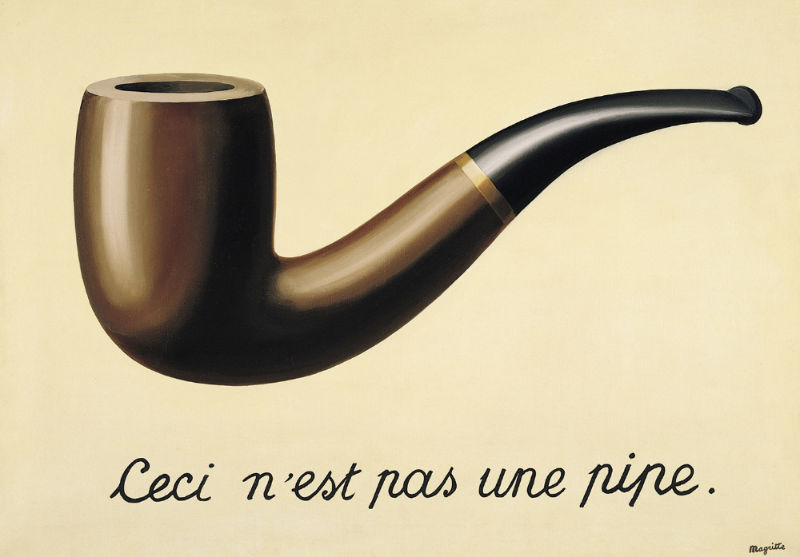Blog / 2012 / Ira Glass in the Looking Glass
March 17, 2012
What happened:
Ira Glass of This American Life aired part of artist Mike Daisey’s monologue The Agony and Ecstasy of Steve Jobs on an episode of his show in January. Then, last week, Glass retracted that episode, explaining that not everything in Daisey’s piece was factually true. In “Retraction,” Glass questions the artist about the lies, complains that Daisey was insensitive to his reputation and his needs as a journalist, and generally makes a lot of noise about what a bad person Daisey is.
Why this matters:
Though Glass does admit several times that he should never have aired Daisey’s work on This American Life without thoroughly checking the artist’s facts, the focus of “Retraction” isn’t Glass’ mistake. Glass spends the entire episode working to discredit Daisey—an artist who never pretended to be a reporter, a performer who tells his stories on stages at art festivals.
And in doing so, Glass misses the point entirely. This isn’t about whether or not it’s okay for Daisey to simplify events and alter timelines in his monologue. The artist isn’t at the heart of this debacle: Glass is. The real question here is why the host of This American Life didn’t do a full fact-check before airing Daisey’s piece.

(The text translates to “this is not a pipe.”)
Did Glass fail in his duty as a journalist because he was having a lazy day and didn’t feel like looking into all aspects of Daisey’s story? Probably not.
A much more likely scenario is that Glass aired part of The Agony and Ecstasy of Steve Jobs because he wanted to believe Daisey. Glass wanted to believe the artist because Daisey’s oeuvre is generally cool, because this particular piece questions Apple—and for intellectuals like Glass and Daisey there’s a certain social cachet to questioning really popular things like a computer company that has repeatedly changed the way we compute—and because Daisey engages his audience masterfully.
In other words, Glass wanted to believe Daisey for all the same reasons that a conservative believes in Fox News as fair and balanced reporting. To someone whose politics fall on the right, Fox is cool because right-thinking people in general like it, because it questions the mainstream media, and because it tells them that left-thinking people are stupid, which is exactly what they want to hear.
In his “Retraction,” Glass spends an hour trying to discredit Daisey—and all of art—for telling stories in a manner not befitting of a journalist. Not surprisingly, his tactic backfires. All the host of This American Life manages to do is reveal what big liars journalists are when they claim to be objective.
Because, while there exists an objective truth and while that truth really does matter, none of us can access it without listening carefully to the perspective of others. Not even Ira Glass.
Maybe this post made you think of something you want to share with me? Or perhaps you have a question about my art? I’d love to hear from you!
To receive an email every time I publish a new article or video, sign up for my special mailing list.
If you enjoyed this post, Ko-fi allows you to donate. Every dollar you give is worth a bajillion to me!



